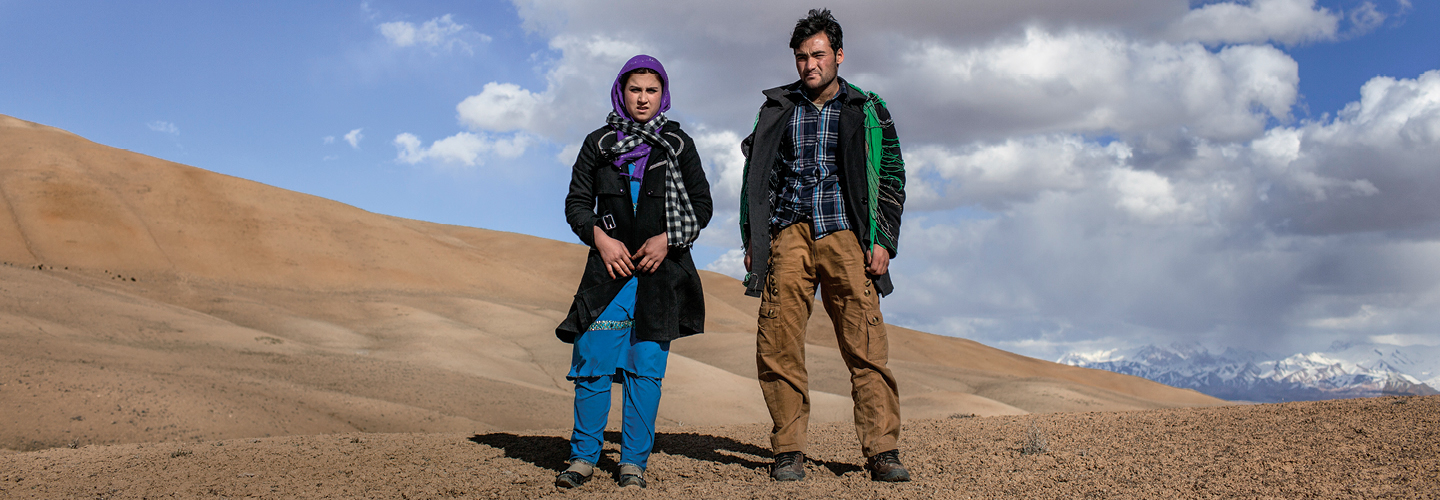Her name was Zakia. Shortly before midnight on the freezing-cold night of March 20, 2014, she lay fully clothed on her thin mattress on a concrete floor and considered what she was about to do.
She had on all her layers—a long dress with leggings under it, a ragged pink sweater, and an orange-and-purple scarf—but no coat, because she didn’t own one. Her 4-inch open-toed high heels were beside her mattress next to the photograph of Ali, the boy she loved. It was not the best escape gear for what she was about to do—climb a wall and run off into the mountains in central Afghanistan—but it would soon be her wedding day, and she wanted to look good.
That night was not the first time Zakia had contemplated escaping from the Bamiyan Women’s Shelter. She had been in the shelter for the past six months, since the day she ran away from home, hoping to marry Ali.
Her name was Zakia. It was shortly before midnight on the freezing-cold night of March 20, 2014. She lay fully clothed on her thin mattress on a concrete floor and thought out what she was about to do.
She had on a long dress with leggings under it, a ragged pink sweater, and an orange-and-purple scarf. But she didn’t have on a coat, because she didn’t own one. Her 4-inch open-toed high heels were beside her mattress next to the photograph of Ali, the boy she loved. It was not the best escape gear for what she was about to do. Soon, she would climb a wall and run off into the mountains in central Afghanistan. But she wanted to look good for her wedding day.
That night was not the first time Zakia had thought about escaping from the Bamiyan Women’s Shelter. She had been in the shelter for the past six months, since the day she ran away from home, hoping to marry Ali.

